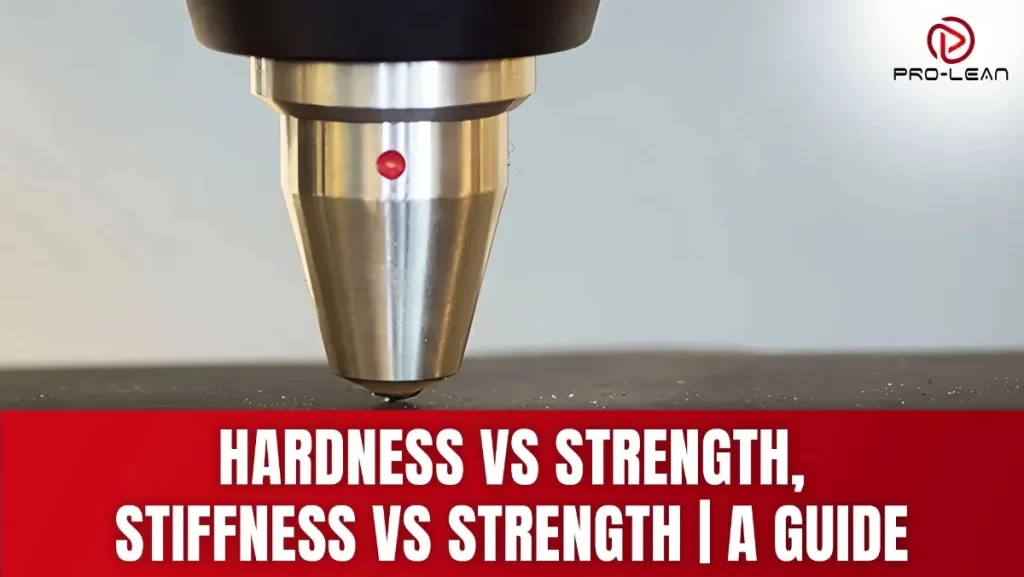
Image title: Material Properties: Hardness, Strength, Stiffness
When designing industrial parts, terms such as hardness, strength, and stiffness are often used, but they mean very different things. The strength is how much force it can handle before breaking.
Stiffness is how much it bends under the load. And hardness shows how well it resists scratches or dents. Each plays a unique role in how your part performs.
At ProleanTech, we help businesses make smart material options with expert advice and accurate CNC machining.
Whether you need durability, flexibility, or high-load capacity, we’ve got you covered with ISO-certified processes and full material traceability.
In this guide, we will explain these properties clearly, compare them side by side, and show you how to choose the right for your next product. Let’s get started.
Check out our CNC Machining Complete Guide
Why Understanding Material Properties Matters?
When making parts for machines, cars, or tools, it is important to know how different materials behave. Some materials are strong and can carry heavy loads. Others are rigid and do not easily bend. Some are very rigid and protest against scratches and wear.
If you choose the wrong one, your part may break, bend, or wear out very soon. That’s why knowing the stiffness of material, its strength, and surface hardness helps you make better, longer-lasting products.
What is Material Strength?

Stress-Strain Curve for Material Strength
Material strength tells us how much force a material can handle before breaking or permanently bending out of shape. This is one of the most important factors engineers consider when choosing materials for high-stress applications such as aerospace, automotive, and heavy machinery parts.
To understand the material strength, start with the stress-strain curve, which shows how a material reacts under tension. On this curve:
- Stress is the force applied per unit area.
- Strain is how much the material stretches compared to its original length.
When stress increases, strain usually increases too—until the material either returns to normal or breaks.
There are different types of material strength:
- Yield Strength: The maximum stress a material can handle before it begins to bend permanently or deform. If you remove the force before this point, the material returns to its original shape.
- Final Tensile Strength (UTS): The highest amount of stress the material can handle before the necks or weakens. This happens after the yield point but before it breaks down.
- Fracture Strength: The exact stress level at which the material breaks into pieces.
- Compressive Strength: Not all stress comes from pulling. Some comes from pushing or squeezing. Compressive strength measures how well a material handles that tries to squashed.
Strength also relates to how much energy a material can absorb. This is where the modulus of toughness comes in — it’s the area under the stress-strain curve and shows how tough the material is before it breaks.
At ProleanTech, we select and simulate material strength values based on your industry’s specific load demands to make sure your part lasts longer.
If you’re interested in how these properties affect manufacturing costs, our CNC Machining Cost article provides a detailed breakdown.
What is Material Stiffness?
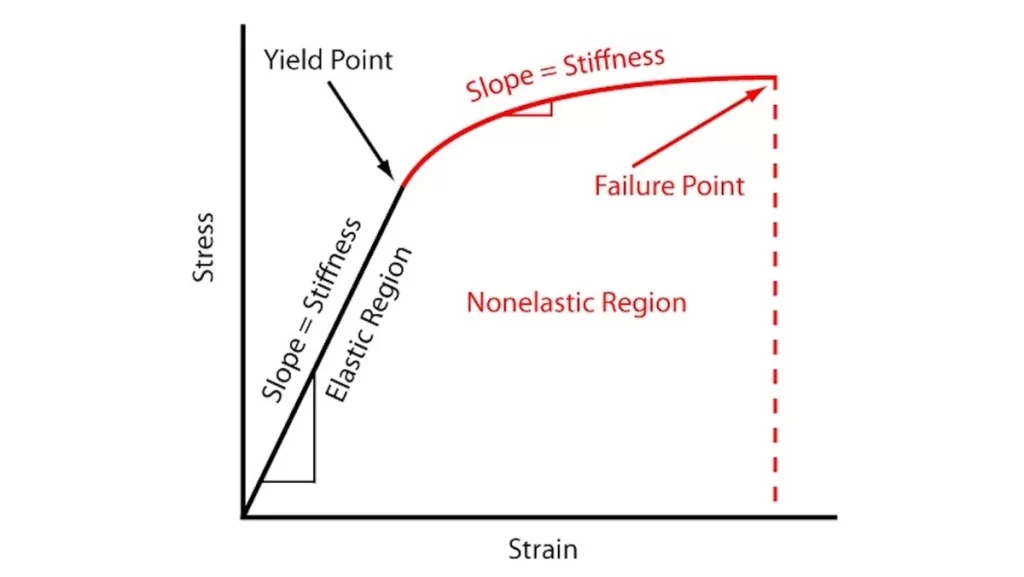
Stress-Strain Curve for Stiffness
When we talk about material stiffness, we’re basically describing how much a material resists changing its shape when a force is applied. A stiff material will deform very little, even under a significant load, while a less stiff material will bend or stretch more easily. Think of a thick metal rod versus a rubber band – the metal rod is much stiffer.
The most common way to describe stiffness is through the relationship between stress (the force applied) and strain (the amount of deformation). This relationship is often shown on a “stress-strain curve.”

Stress-Strain Curve for Stiffness
Stiffness = ΔStress / ΔStrain
This formula means that stiffness is the proportion of how much stress changes compared to the material’s deformation. A steeper line on the stress-strain curve means that the material is stiffer.
When we look at the part of the stress-strain curve, where the material will return to its original size (elastic area), this rigidity is also called the modulus of elasticity (or Young’s modulus). This value is a stable for a given material in that elastic range.
A simple way to understand stiffness is to think about a spring. Hook’s law explains how a spring behaves:
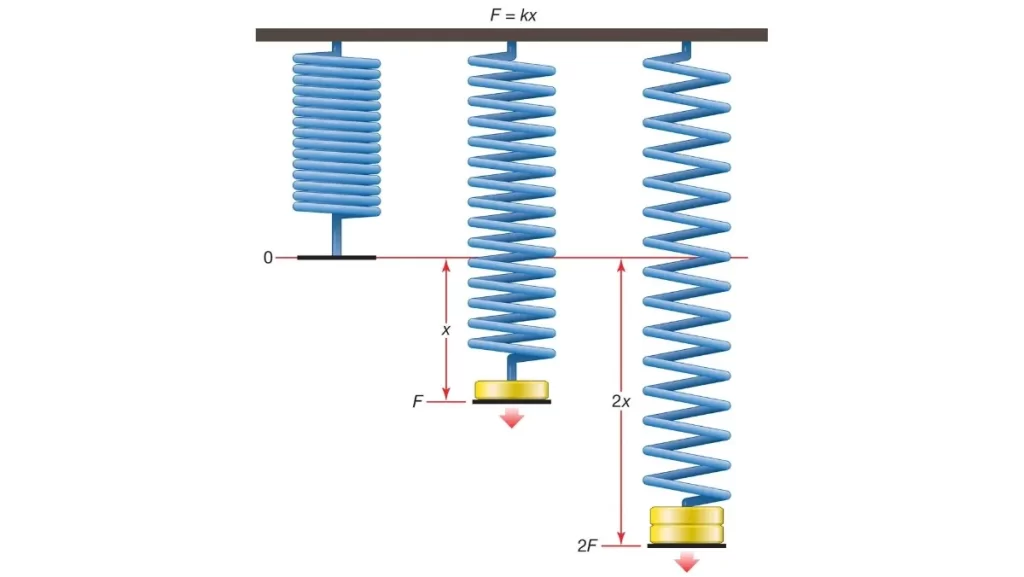
Hooke’s Law: Spring Force and Extension
F= kX
Here, ‘F’ is the force that you apply, ‘X’ is how much the spring is stretch, and ‘K’ is the spring stiffness. A stiffer spring (large ‘K’) will stretch less for the same amount of force.
Stiffness is important in many engineering applications, like machining. Imagine a cutting tool in a machine. This tool experiences strong forces because it cuts the metal. It needs to be stiff enough so it does not bend too much. If the tool bends excessively, the part being created wouldn’t be accurate, and the tool itself may break.
Engineers calculate the expected bending, or “deflection,” of a cutting tool before they start machining. For a general cutting tool setup, where the tool sticks to the holder like diving board (a “cantilever beam”), the stiffness calculation is done using this formula:
Stiffness = (3 × E × I) / L³
In this formula:
- ‘E’ is the modulus of elasticity of the tool’s material.
- ‘I’ is a property called “moment of interia”, which depends on the size of the tool.
- ‘L’ is how long the equipment sticks to its holder.
After knowing the stiffness of the tool and the cutting force (‘P’), the engineers can then find out how much the tool will really deflect:
Deflection (Δ) = (P × L³) / (3 × E × I)
This shows how stiffness directly impacts the performance and accuracy of a machining process, highlighting its importance in design and manufacturing.
Try Prolean Now!
What is Material 
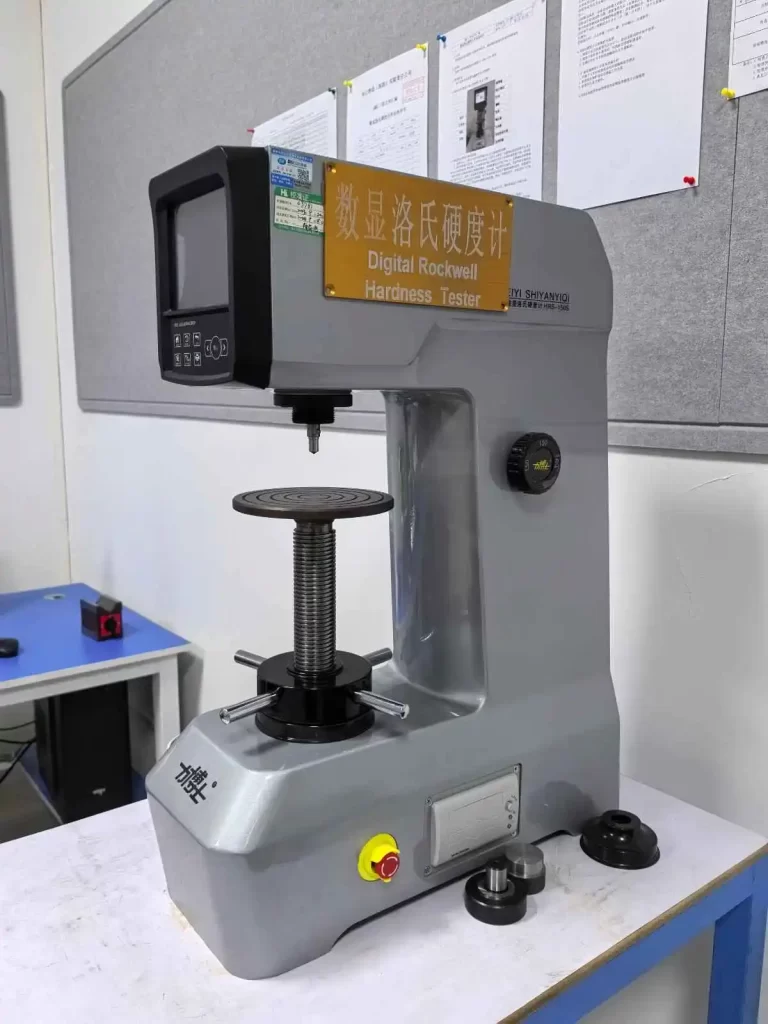
Material Hardness Testing Machine
Material hardness is a measure of how well a material resists surface damage like scratching, denting, or wearing down. In simple words, it tells you how difficult the toughness of a material is. If a material is very hard, it is difficult to scratch or leave a mark on it.
For example, diamond is one of the most difficult known materials, which is why it is used in cutting equipment.
Hardness is particularly important in parts that rub or slide against other surfaces, such as gears, cutting tools, and machine components. A hard material usually means resistance to better wear, which helps the parts last longer.
There are several ways to test the hardness, and each method uses a special tool called an indenter. This tool presses into the surface of the material with a set force.
The smaller or shallower the dent, the harder the material is. There are three main tests to measure hardness:
- Brinell Test: Uses a steel ball and is very good for metals.
- Rockwell Test: Very common, quick, and works for many materials.
- Vickers Test: Uses a diamond tip and is good for small parts.
At ProleanTech, we choose the right material rigidity for your project to ensure long-lasting performance.
Must Read: CNC Precision Boring
Quick Table: Hardness vs Strength vs Stiffness
Let’s break down the key differences:
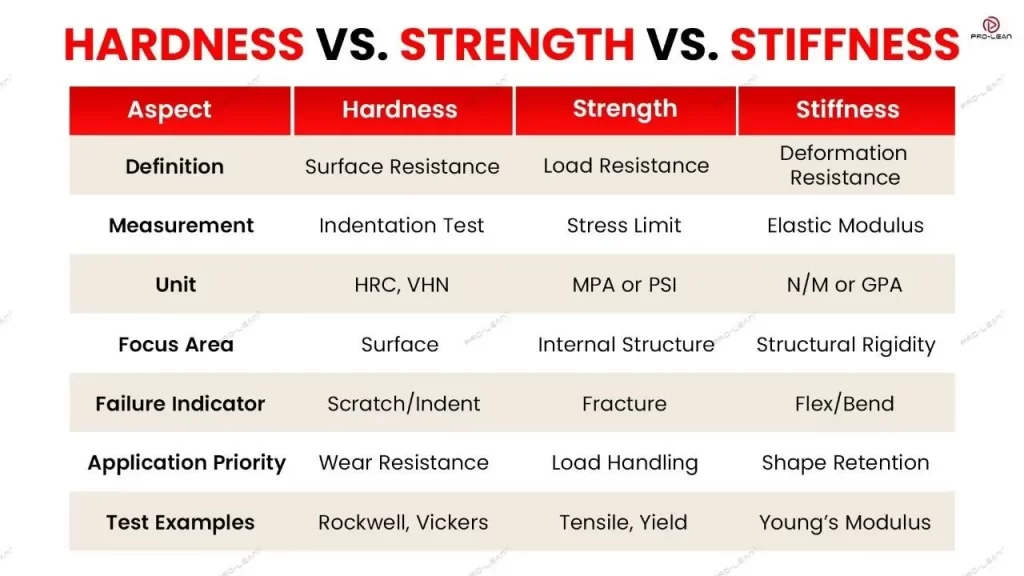
Hardness vs. Strength vs. Stiffness
When selecting materials, it’s important to evaluate stiffness, strength, and hardness as separate properties.
For instance, a hard material may resist wear effectively, but that doesn’t mean it can handle high stress (strength) or avoid bending under load (stiffness).
Consider stiffness when deformation matters, and choose between strength and hardness based on the demands of your application—whether it’s for machining, structural use, or tooling.
Strength vs. Stiffness vs. Hardness: Real Examples
Understanding these properties through the examples of the real world explains the difference crystals. Each material behaves specifically under force, stress, or surface exposure.
- Rubber Rod: It bends easily but does not break under tension. This reflects high strength but less rigor.
- Glass Rod: It barely bends and suddenly breaks down. This means that it is stiff but not strong.
- Steel Surface: It opposes scratches and dents, showing high hardness and good strength.
- Plastic Ruler: Flexible and bends without breaking—low stiffness and moderate strength.
Check this out: China CNC Machining Services
Understanding Hardness, Strength & Stiffness in Materials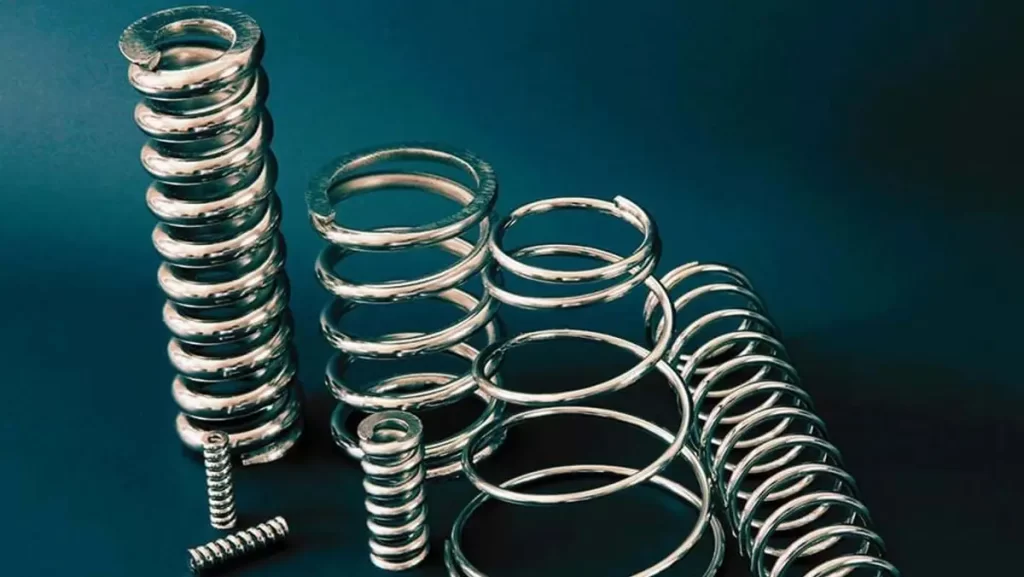
Springs Representing Material Stiffness
The material behaves very differently when stressed, bending, or subjected to surface wear. Each engineering project requires selecting the correct combination of strength, stiffness, and hardness depending on the end-use.
- Strength is such as how much a material can handle before breaking up or is out of size forever. If you draw a rope, its strength is how much tugging it can take before snapping.
- Stiffness is about how much a material resists bending or stretching. A very stiff material does not move too much, even if you push or pull on it. Think of pushing on a solid metal bar – it barely goes on. Now imagine pushing on a rubber band – it is very spread. The metal bar is very stiff.
- Hardness is about how well a material can fight off scratches, dents, or wear on its surface. A diamond is super hard because it is almost impossible to scratch it.
Below is a comprehensive comparison showing how different materials respond under load, stress, or surface contact.
| Material Category | Material | Typical Tensile Strength (MPa) | Approximate Stiffness (GPa) | Relative Hardness Scale |
| Metals | Stainless Steel (304) | 205 | 193 | 150-200 Brinell |
| Brass (C26000) | 250 | 100 | 70-100 Brinell | |
| Copper | 70 | 110 | 35-45 Brinell | |
| Polymers | Polycarbonate | 65 | 2.4 | 70-85 Rockwell M |
| Nylon (PA66) | 80 | 3.1 | 110-120 Rockwell R | |
| HDPE | 25 | 0.8 | 55-65 Shore D | |
| Ceramics | Alumina | 250 | 380 | 1400-1800 Knoop |
| Silicon Carbide | 400 | 410 | 2500-3000 Knoop | |
| Composites | Fiberglass | 1500 | 70 | Varies (often hard) |
Try Prolean Now!
Engineering Design Tips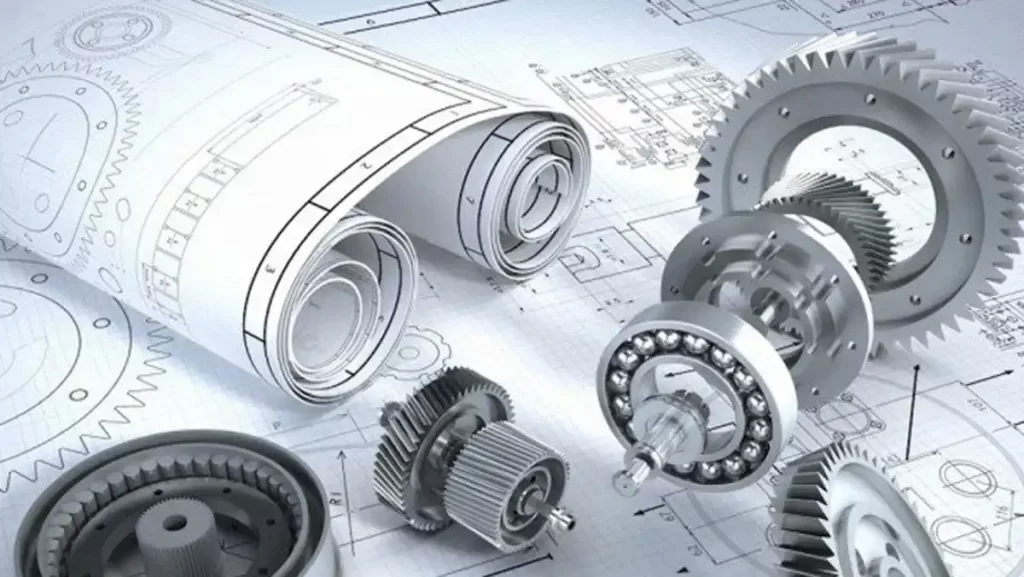
Engineering Design and Material Understanding
Great engineering design combines clever ideas with solid knowledge. A large part of it is actually understanding the materials you have chosen. Here are some smart ways that engineers see their work:
1. Know Your Materials
Always refresh your basic understanding of materials like their strength, stiffness, and hardness. It helps in making good options and solving difficult design problems.
2. Spot Weak Areas
Some parts of a design are more likely to fail. These can be load-bearing sections or sharp corners. Finding these “critical spots” helps engineers to make them extra strong.
3. Add a Safety Buffer
Engineers usually make the parts stronger than strictly necessary. This “safety factor” means if a hook needs to be kept at 1 ton, it is designed for 1.5 tons. This is a backup for unexpected heavy loads.
4. Round Off Sharp Points
Stress and cracks can occur from sharp corners. Rounding them with “fillets” or “chamfers” helps. Strong materials may have small fillets, but softer ones need bigger ones to prevent issues.
5. Consider Heat
The temperature can change how the material works. Plastic gets soft when heated. Engineers always think about the heat a part will face to take the right material, such as metal for hot engines.
6. Deal with Moving Forces
Parts sometimes experience the changing forces. The material reacts differently to these “dynamic loads”. It is important to know how a material handles constant movement for lasting designs.
For a step-by-step look at the manufacturing process, our CNC Machining process article is a must-read.
Wrap Up
Understanding the difference between hardness, strength, and stiffness is essential. These properties may seem similar, but each represents a distinct mechanical behavior:
1: Strength is the ability to withstand force without breaking.
2: Stiffness is the resistance to bending or elastic deformation.
3: Hardness is the resistance to wear, scratching, or surface indentation.
Understanding these differences becomes even more critical when working with advanced materials like Titanium CNC Machining, where high strength and stiffness are key factors in part performance and durability.
ProleanTech provides end-to-end support in selecting the right materials based on validated properties. Our experts are ready to help you achieve the best results by utilizing CNC Machining Services.
Contact us now to make your product stronger, stiffer, and harder—the right way.
FAQs
Q1. What’s the difference between hardness and strength?
Hardness is surface resistance to indentation, while strength is the ability to handle internal stress without breaking.
Q2. Is strength the same as stiffness?
No. Strength measures the failure point, and stiffness measures deformation under load.
Q3. What is the difference between stiff and strong?
Stiff means little deformation; strong means high resistance before breaking.
Q4. What is the difference between stress and stiffness?
Stress is force per unit area. Stiffness is resistance to deformation.
Q5. What is stiffness??
Stiffness is a material’s resistance to elastic deformation when a force is applied. It indicates how much a structure bends under load.
Q6. What is elasticity modulus?
Elastic modulus, also called Young’s Modulus, measures a material’s stiffness. It defines the relationship between stress and strain in elastic deformation.



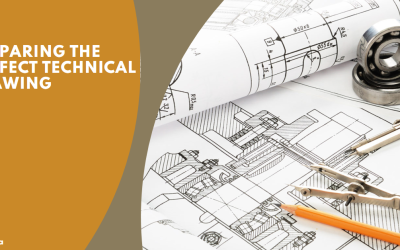
0 Comments